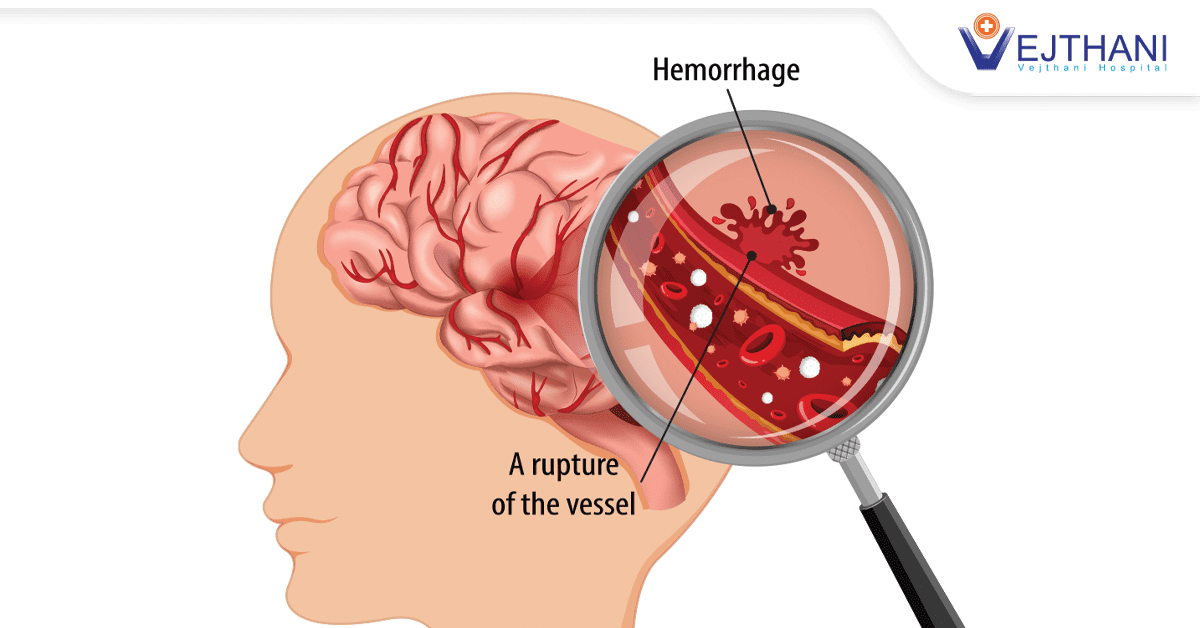Bleeding in the brain is a laymen’s term for intracranial hemorrhage. Neurologists and neurosurgeons say that “brain bleed” is too broad in terms of the word. Instead, they characterize brain bleeds based on the precise location. Bleeding can occur in two primary areas: within the skull but outside the brain or inside the brain tissue itself.
When bleeding occurs inside the skull but outside the brain tissue
There are three membranes called meninges between the skull and actual brain tissue. Bleeding can happen in any layer of these meninges. These three layers are called dura mater, arachnoid, and pia meter.
- Epidural bleeding (hemorrhage): when bleeding occurs between the skull bone and the dura mater, which is the outermost layer.
- Subdural bleeding (hemorrhage): when bleeding occurs between the dura mater and the arachnoid membrane.
- Subarachnoid bleeding (hemorrhage): when bleeding occurs between the arachnoid membrane and the pia mater.
Bleeding inside the brain tissue
There are two types of conditions: intracerebral hemorrhage (cerebral hemorrhage and hemorrhagic stroke) and intraventricular hemorrhage.
- Intracerebral hemorrhage: Bleeding in the lobes, pons, and cerebellum of the brain
- Intraventricular hemorrhage: Bleeding in the brain ventricles, where production of cerebrospinal fluid takes place.
What happens to the brain when there is bleeding inside the head?
The brain receives oxygen and nutrient from the vessel. When bleeding happens, oxygen cannot
reach the brain tissues as they need daily. Excessive bleeding can cause high pressure in the brain and reduction of oxygen, and damage the brain tissue. When there is a lack of oxygen for a certain period, such as over 3-4 minutes, brain cells will die, and all connecting nerves and functions will be down.
Brain bleeds are fatal, especially after the brain has been damaged and no proper treatment was given in time. Some brain conditions, such as subdural hematoma, cannot be diagnosed as early as possible. The symptoms of subdural hematoma can occur after days or weeks. Brain cells do not regenerate after they have died. This results in physical and mental disabilities.
People of any age could be affected by brain bleeds or intracranial hemorrhage. But young and elderly are more likely to suffer from this because they are more likely to have an accident.
Brain bleeds (intracranial hemorrhage) could be caused by:
- Head injury from fall, accident, or sport.
- High blood pressure can defect the blood vessel and easy to leak or bust (hypertension),
- Blockage of the vessel with a fatty deposit (atherosclerosis).
- Blood clots transfer from one place to the brain to another site and block the artery flow.
- A ruptured cerebral aneurysm (a weak area in a blood vessel wall that bursts).
- Malformation between artery and vein (AV malformation)
- Medication which causes thinning of blood vessel
- A brain tumor that presses on brain tissue causes bleeding.
- Chronic smoker and drinker
Many reasons can cause the symptoms of a brain bleed. Some general symptoms may include:
- Weakness on one side, such as paralysis
- Headache (acute, severe “thunderclap” headache occurs with subarachnoid hemorrhage.)
- Nausea and vomiting, dizziness, and seizure
- Difficulty swallowing.
- Impaired vision and confusion
- Unstable balance
- Neck stiffness
- Abnormal or slurred speech and difficult speech
- Deficient consciousness level, such as coma
- Difficult breathing
How are brain bleeds (intracranial hemorrhage) diagnosed
- Thorough physical examination
- CT scan or MRI, or MRA. The imaging tests determine the location, extent, and sometimes the cause of the bleeding.
Other tests may include:
- Electroencephalogram, chest X-ray, and urinalysis.
- Blood for CP
- Spinal tap for CSF measurement around the brain
- Conventional angiography to identify an aneurysm or arteriovenous malformation.
How are brain hemorrhages treated?
Brain hemorrhage is an emergency condition. Experiencing symptoms like severe headache, vomiting, dizziness, or weakness on one side of the body, requires immediate medical attention to seek the cause and prevent further complications. Prompt treatment for stroke increases the chances of recovery.
Surgery may be needed in the following situations:
- Craniotomy or craniectomy incision is performed in cases requiring urgent decompression due to bleeding, also known as hemorrhage. This surgical procedure involves opening the skull, often called a burr hole.
- Clipping or filling is a sealing off through a craniotomy or angiography if the aneurysm is not ruptured.
- Endovascular treatment is used to treat abnormal vessel formation with special glue or other
filler in arteriovenous malformation (AVM) or specific abnormal vascular lesions. - Not all brain hemorrhages need surgery as it depends on size, location, and causes of bleeding.
Other treatments may include:
- Antihypertensive drugs or anti-seizure drugs, or anti-epileptic drugs
- Other medications, such as painkillers or soft stool medication
- Difficulty in swallowing patient who is taking nutrition by feeding tube or intravenously.
Rehabilitation after a brain bleed
Rehabilitation is essential to regain normal function after a brain hemorrhage. The extent of the brain bleeding will affect the rehabilitation time.
Long-term rehabilitation treatment may include:
- Occupational therapy.
- Physical therapy.
- Speech therapy or alternative forms of communication.
- Lifestyle changes to be aware of frequent attacks.
Reduce your risk by:
- Control cholesterol level, blood pressure level
- Control body weight and have a healthy diet, regular exercise
- Annual health checkup
- Control blood sugar level
- Less smoke and drink
- Readers Rating
- Rated 4.5 stars
4.5 / 5 ( Reviewers) - Outstanding
- Your Rating




























